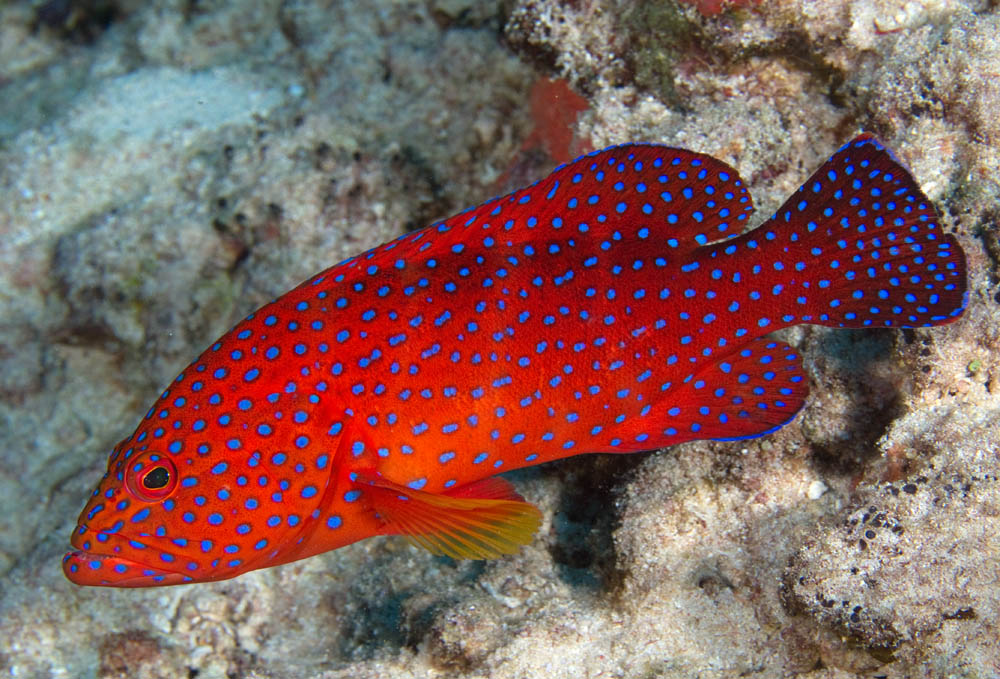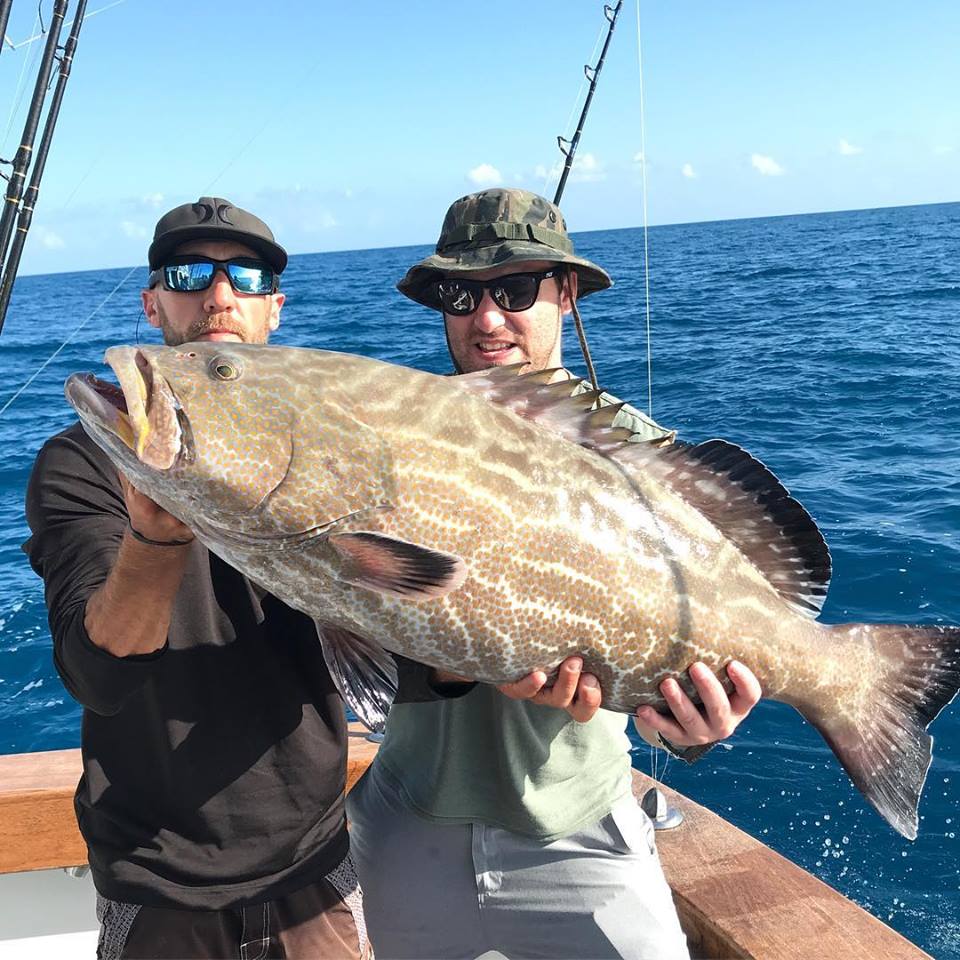



It tends to hides in caves orĬrevices or dwellings at the base of large gorgonians, enjoying the clear Nocturnal redmouth grouper has a red mouth.It has a dull brown to blackĬolouring on a elevated and compressed body. It is hermaphroditic and lives on fish and Off predominantly red-violet and orange tones and fin margins tainted yellow, It has a sensational appearance, proudly showing
#GROUPER FISH SKIN#
The solitary moon grouperįrequents cleaning stations for a service by the cleaner fish, having parasitesĪnd skin particles removed. Waters near offshore reefs on the open sea site. Its ‘malabar’ counterpart, the moon grouper is a common feature in the Red Sea,Īlso at staggering depths beyond eye reach. It easily adapts to environments such as coralline and sandy bottoms, The more rewarding when you spot the fearsome appearance of this frightening predatorĪnd monitoring its habits of eating fish, crustaceans and sometimes a tiny It’s rare in the Red Sea, so it isn’t very likely but all The trained eye will spot very fine blotchesĬovering the body. Monterey Fish Market Seafood Index, illustration and brief description of Leopard Grouper, Mycteroperca rosacea, its range, season of our procurement. Reminisces the moon grouper in terms of colour and pattern. Grouper, predominantly hovering over sandy patches and near coral reefs. The Red Sea is ‘ infested’ with the huge, impressive Red Sea coral It inhabits reefs and rocky bottoms, dieting on fishes, The ‘blacktip’ tag alludes to the dark blotch in Has a pointed head and streamlined, robust body. The carnivorous diet of the Arabian grouperĬomprises crustaceans, cephalopods and fishes. The Arabian grouper fish is a hermaphrodite, indicating itĬhanges from female to male. Its body can best beĭescribed as robust with grey and white nuances, decorated with black, brownĪnd reddish spots. Outside of coral reefs, in lagoons or in brackish waters. Their colour spectrum is simply stunning, covering almost every colour from the rainbow.Īlso known as the greasy grouper, resides in various habitats such as the The grouper is a girl at birth but becomes a boy when maturing. They are certainly not to be messed with, voracious as they are. They are sheer frightening once in marauding mode. They become active as soon as the sun sets in. Settings or sheltered by madrepores during daytime. They are nocturnal, comfortably having siesta in coral reef The carnivorous diet of a grouper comprises crustaceans, cephalopodsĪnd fishes. As territorial as they are, the grouper is also Some of themĪre truly heavyweights with 300 kg on the scale. The grouper has been subcategorized as the Epinephelinae. They are part of the ‘royal’ family of the Serranidae. Several species considered 'vulnerable' or 'threatened'.Anthias and the fairy basslet have been affectionately labelled as the ‘Queens NSW DPI lists the Exploitation Status of Banded Rockcod as 'Undefined'.Ĭods and Gropers are slow growing species which are vulnerable to overfishing. QLD DPI has made no assessment of the Exploitation status of Goldspotted Rockcod. QLD DPI lists the Exploitation Status of Bar Rockcod (Banded Rockcod) as 'Uncertain'. Rankin Cod caught in WA is considered Sustainable They are caught mostly by traps and bottom-set lines though are also taken by prawn and demersal fish trawlers. The fishery, though year round, is often sporadic, leading to higher prices and instances of subsitution and mislabelling by fishmongers. They are found in both estuarine and marine habitats, often in reef or rubble and mostly in the north of Australia. The fish in this catergory are for the most part 'Rockcod', which are often confused with or mislabelled as 'Groper' or 'Grouper'. The term 'cod' is used widely to refer to many different species of fish, often inaccurately. Not to be confused with the Eastern Red Scorpionfish, sometimes referred to as Red Rockcod Several species of Rockcod, (including Goldspotted Rockcod, Banded Rockcod Black-tipped Rockcod, Longfin Rockcod, Maori Rockcod, Bluespotted Rockcod and others), Barramundi Cod, Rankin Cod, and various 'groupers', many of whom have been identified as correctly belonging to the 'Rockcod' group, and their names changed accordingly.


 0 kommentar(er)
0 kommentar(er)
